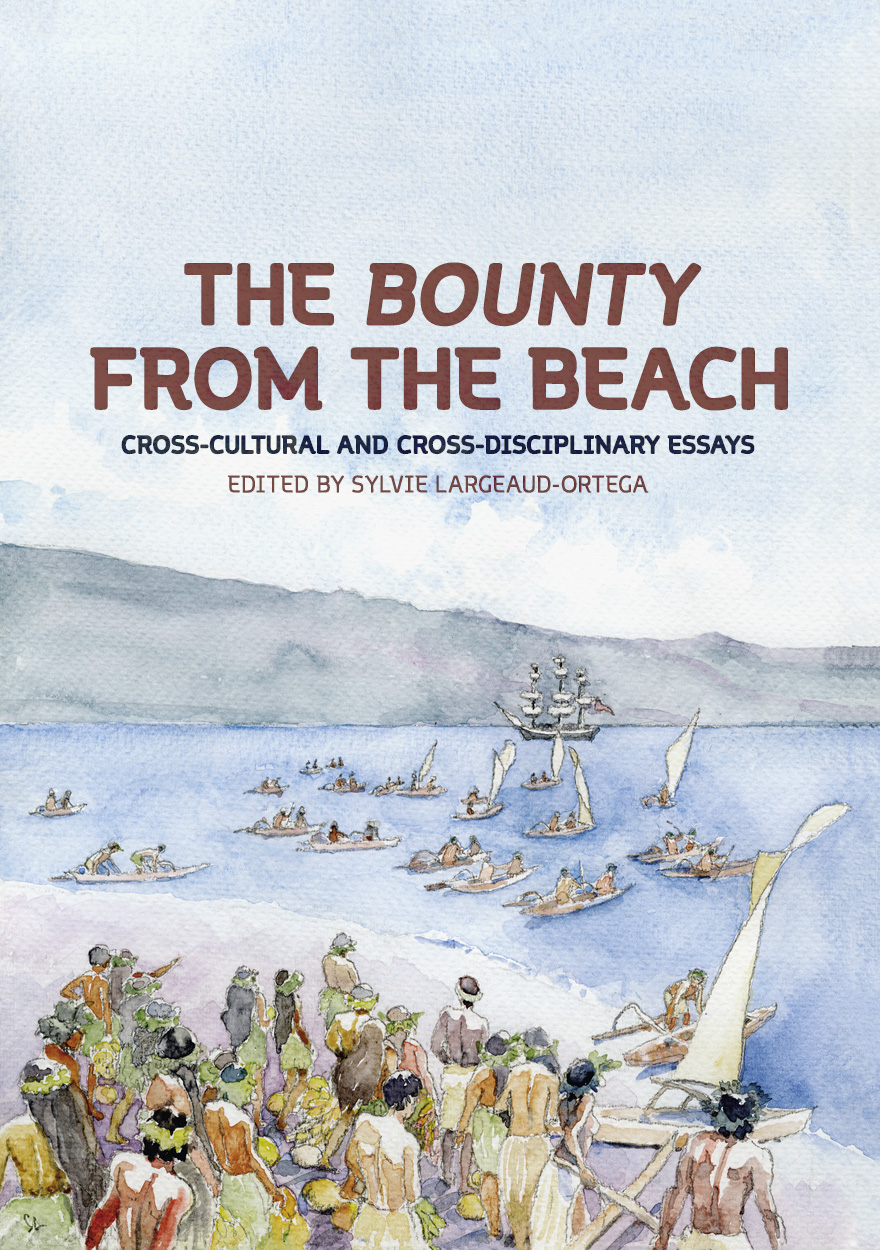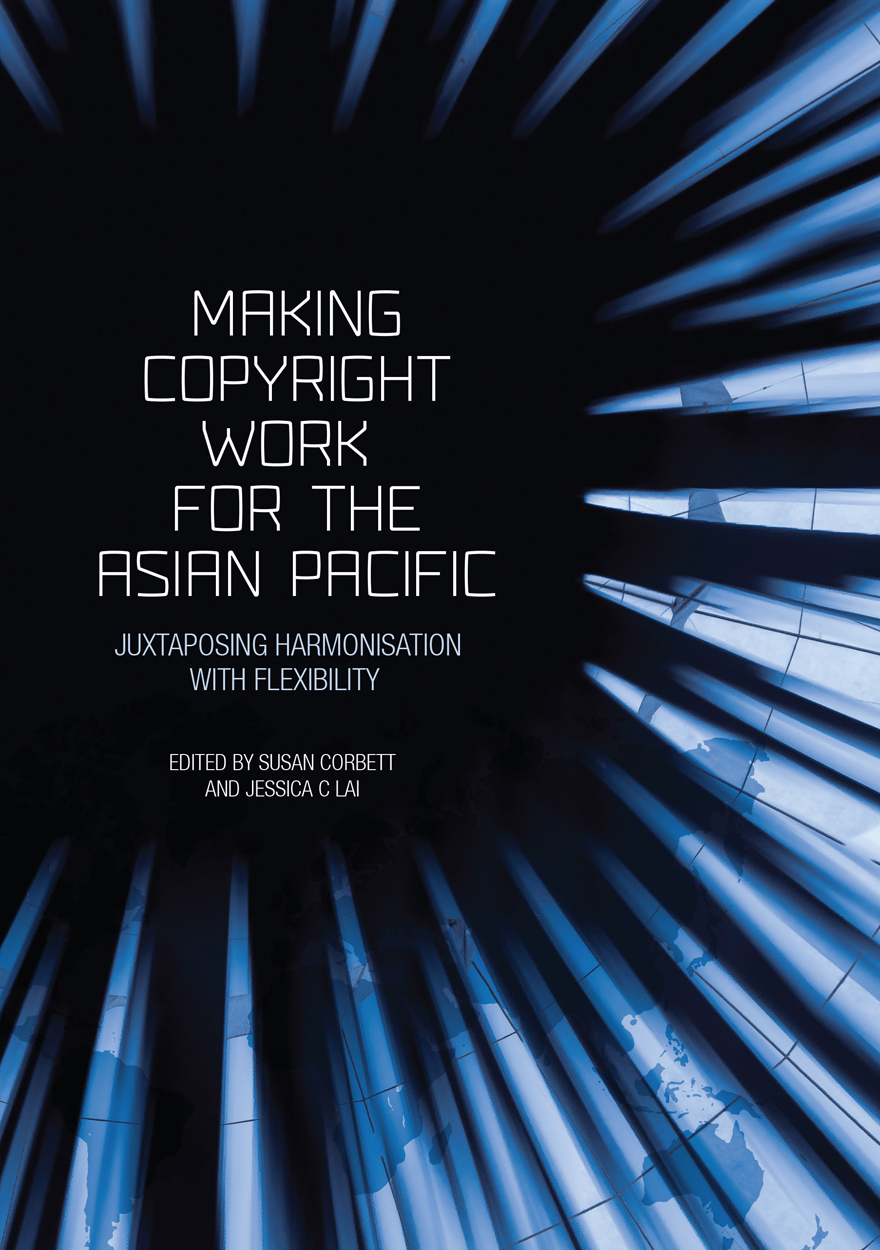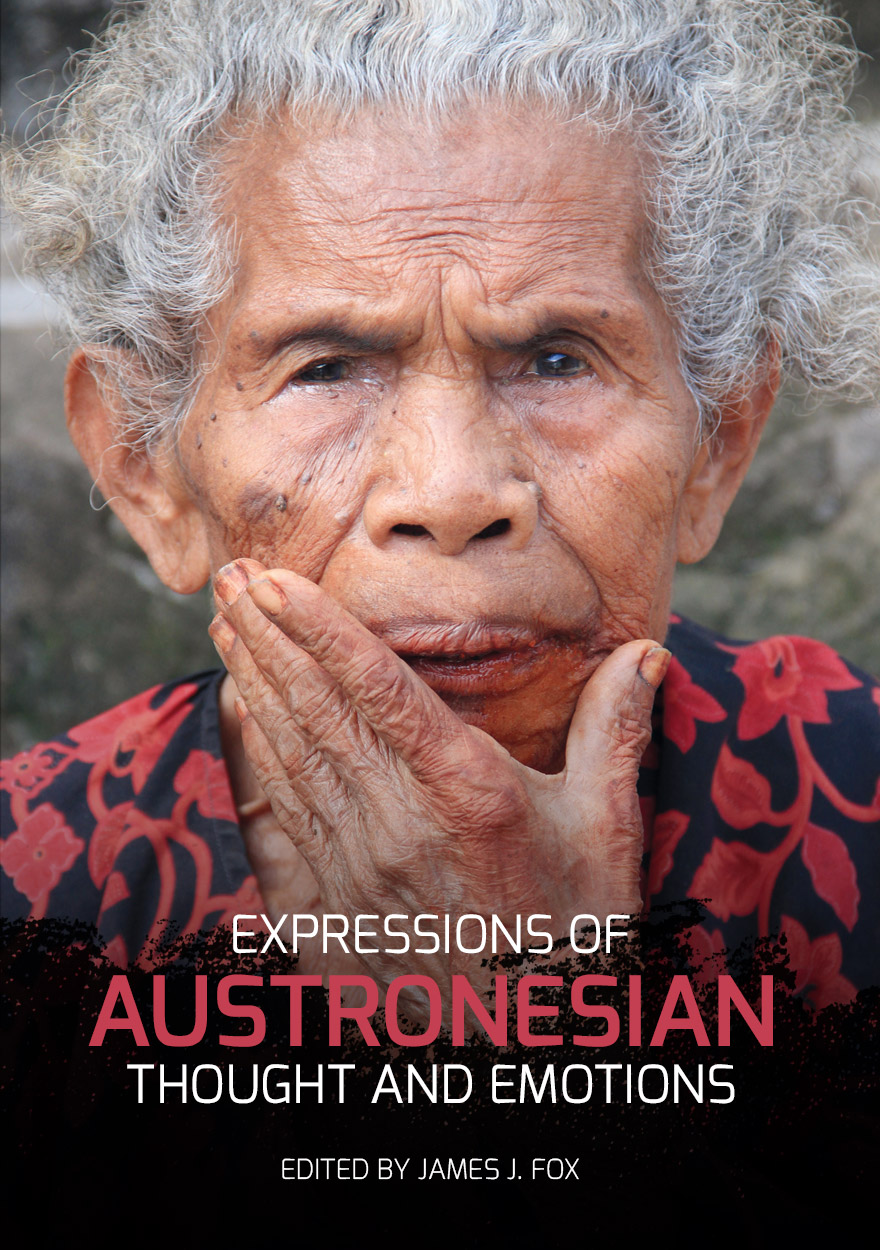
Reconciliation and Architectures of Commitment
Sequencing peace in Bougainville
Authored by: John BraithwaitePlease read Conditions of use before downloading the formats.
Description
Following a bloody civil war, peace consolidated slowly and sequentially in Bougainville. That sequence was of both a top-down architecture of credible commitment in a formal peace process and layer upon layer of bottom-up reconciliation. Reconciliation was based on indigenous traditions of peacemaking. It also drew on Christian traditions of reconciliation, on training in restorative justice principles and on innovation in womens’ peacebuilding. Peacekeepers opened safe spaces for reconciliation, but it was locals who shaped and owned the peace. There is much to learn from this distinctively indigenous peace architecture. It is a far cry from the norms of a ‘liberal peace’ or a ‘realist peace’. The authors describe it as a hybrid ‘restorative peace’ in which ‘mothers of the land’ and then male combatants linked arms in creative ways. A danger to Bougainville’s peace is weakness of international commitment to honour the result of a forthcoming independence referendum that is one central plank of the peace deal.
Details
- ISBN (print):
- 9781921666681
- ISBN (online):
- 9781921666698
- Publication date:
- Sep 2010
- Imprint:
- ANU Press
- DOI:
- http://doi.org/10.22459/RAC.09.2010
- Series:
- Peacebuilding Compared
- Disciplines:
- Arts & Humanities: Cultural Studies; Law; Social Sciences: Indigenous Studies, Social Policy & Administration
- Countries:
- Australia; Pacific: Papua New Guinea
PDF Chapters
Reconciliation and Architectures of Commitment »
Please read Conditions of use before downloading the formats.
- Preliminary Pages (PDF, 149KB)
- Acknowledgments (PDF, 85KB)
- Advisory panel (PDF, 47KB)
- Glossary (PDF, 49KB)
- Map of Bougainville (PDF, 153KB)
- Peacebuilding Compared and the Bougainville conflict (PDF, 146KB)
- Historical background to the conflict (PDF, 1.4MB)
- Descent into civil war (PDF, 688KB)
- Peacemaking on, off and finally back on track (PDF, 768KB)
- The architecture of the peace (PDF, 992KB)
- Reconciliation and reintegration (PDF, 2.4MB)
- The cost of the conflict (PDF, 982KB)
- Layers of identity involved in the conflict (PDF, 152KB)
- Interpreting the conflict in summary (PDF, 962KB)
- Deep and shallow restorative peace (PDF, 172KB)
Other publications that may interest you













